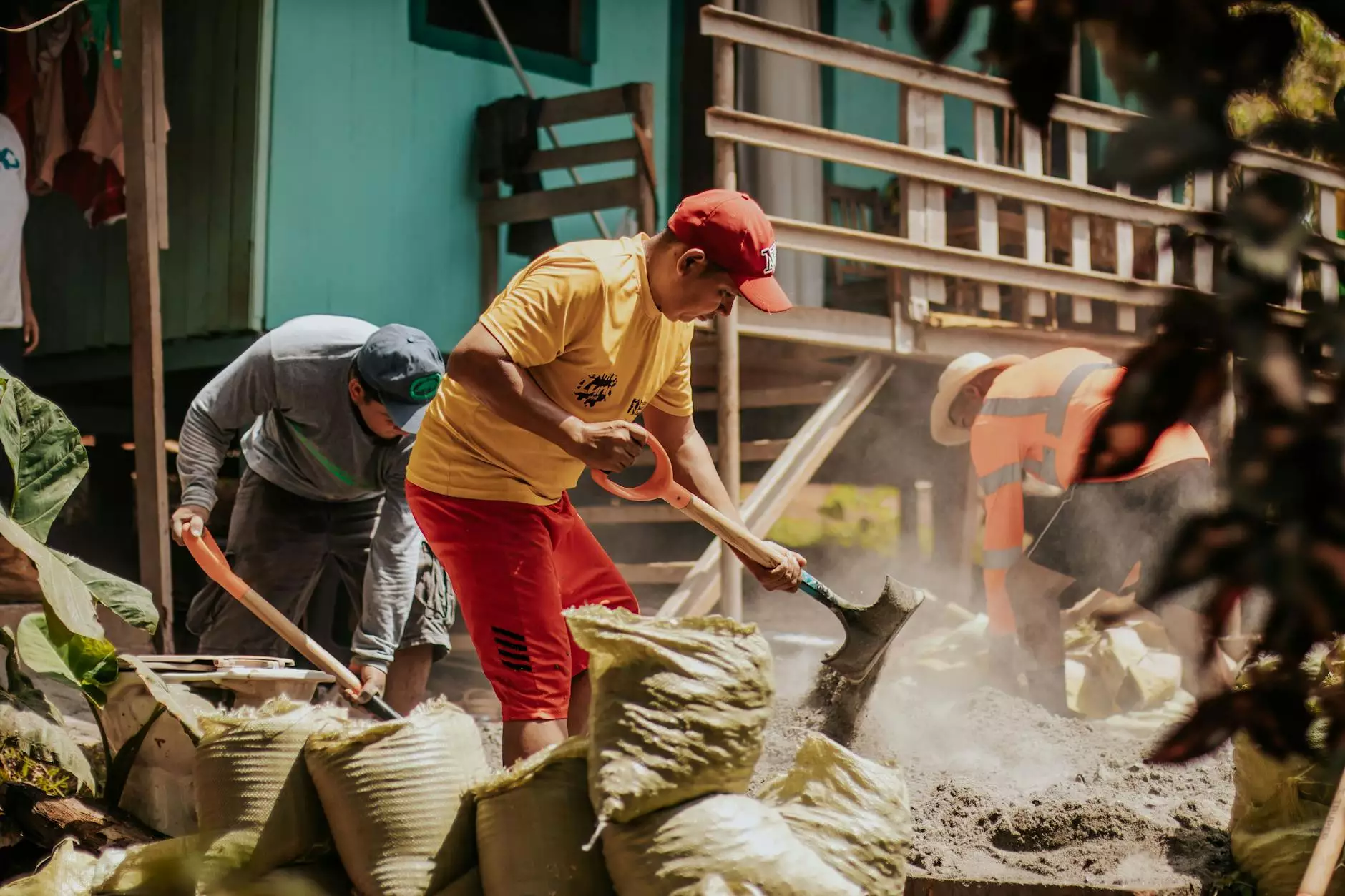Tendinopathy versus Tendonitis: Understanding the Differences and Implications

The musculoskeletal system is a complex structure, and among its key components are tendons. These robust strands of connective tissue play a critical role in facilitating movement by connecting muscles to bones. However, they are not immune to injury and degeneration. Tendinopathy and tendonitis are two terms frequently used interchangeably, yet they signify distinct conditions with different underlying mechanisms, symptoms, and management strategies. This article delves deep into the nuances of tendinopathy versus tendonitis, providing you with essential knowledge to better understand these conditions.
What is Tendinopathy?
Tendinopathy is a broad term used to describe an injury or disorder of a tendon. It encompasses various conditions resulting from both overuse and degenerative processes. Unlike tendonitis, which is characterized by inflammation, tendinopathy implies a more chronic condition where the tendon undergoes structural changes.
Types of Tendinopathy
- Mid-Substance Tendinopathy: Occurs in the middle section of the tendon, often due to repetitive strain.
- Insertional Tendinopathy: Affects the region where the tendon attaches to the bone, frequently seen in conditions like Achilles tendinopathy.
Causes of Tendinopathy
The causes of tendinopathy can be varied and complex. Key factors include:
- Repetitive Overuse: Engaging in repetitive activities without appropriate rest can lead to degeneration.
- Age-Related Degeneration: As we age, tendon elasticity decreases, making them more prone to injury.
- Biomechanical Abnormalities: Poor posture or foot mechanics can put undue stress on tendons.
- Previous Injuries: Tendons that have been previously injured are at higher risk of developing tendinopathy.
What is Tendonitis?
Tendonitis, on the other hand, refers specifically to an inflammatory condition of the tendon. It is characterized by the presence of pain, tenderness, and sometimes swelling in the affected area. While tendonitis can develop into a chronic condition and evolve into tendinopathy, it is primarily marked by inflammation.
Common Forms of Tendonitis
- Achilles Tendonitis: Inflammation of the Achilles tendon, common in runners and athletes.
- Patellar Tendonitis: Often referred to as "jumper's knee," prevalent among basketball and volleyball players.
- Rotator Cuff Tendonitis: Affects the shoulder, commonly seen in overhead athletes.
Causes of Tendonitis
The underlying causes of tendonitis are often linked to similar factors that contribute to tendinopathy, including:
- Acute Injury: A sudden force or trauma can lead to inflammation in the tendon.
- Poor Technique: Improper movements in sports and activities can strain the tendon.
- Sudden Increase in Activity Level: A rapid escalation in physical activity without proper conditioning.
Symptoms: Tendinopathy vs. Tendonitis
Understanding the symptoms of both conditions is crucial for effective diagnosis and treatment.
Symptoms of Tendinopathy
- Chronic Pain: A nagging pain that worsens during activity and diminishes with rest.
- Stiffness: The affected tendon may feel stiff, particularly after periods of inactivity.
- Swelling: There may be mild swelling or thickening in the tendon area.
- Decreased Range of Motion: The affected joint may have limited range of motion due to pain or stiffness.
Symptoms of Tendonitis
- Acute Pain: A sharp and sudden pain at the tendon site, often exacerbated by movement.
- Swelling and Tenderness: The area may be swollen, warm, and very tender to touch.
- Limited Functionality: Pain may hinder regular activities and movements.
Diagnosis: How Are Tendinopathy and Tendonitis Identified?
Diagnosis of both conditions often involves a combination of clinical examination, patient history, and imaging techniques.
Clinical Examination
In a clinical setting, healthcare professionals assess:
- Pain Location: Identifying specific areas of tenderness.
- Range of Motion: Testing the ability to move the affected joint without pain.
- Functional Tests: Evaluating how the injury affects everyday activities and sports performance.
Imaging Techniques
When necessary, imaging studies may include:
- X-Rays: To rule out fractures or bone-related issues.
- Ultrasound: Used to visualize tendon structure and detect tears or swelling.
- MRI: Provides detailed images of soft tissues, helpful in assessing tendon health.
Treatment Options: Managing Tendinopathy and Tendonitis
The approach to treatment will depend on the severity and nature of the condition. Here is a breakdown of effective treatment modalities for both conditions.
Treatment for Tendinopathy
Management of tendinopathy aims to promote healing and restore function:
- Rest: Reducing activities that aggravate the tendon is crucial for recovery.
- Physical Therapy: Tailored rehabilitation programs that focus on strength training and flexibility.
- Shockwave Therapy: A non-invasive treatment that uses acoustic waves to stimulate healing.
- Orthotics: Insoles or braces to correct biomechanical issues can be beneficial.
- Surgical Options: In chronic cases, surgical intervention may be required to remove degenerated tissue.
Treatment for Tendonitis
For tendonitis, the treatment often focuses on alleviating inflammation:
- Rest and Activity Modification: Avoiding activities that cause pain while allowing the tendon to heal.
- Ice Therapy: Applying ice can help reduce swelling and alleviate pain.
- Anti-inflammatory Medications: Non-steroidal anti-inflammatory drugs (NSAIDs) can be effective in reducing inflammation and pain.
- Physical Therapy: Techniques to improve flexibility and strength to prevent future occurrences.
- Corticosteroid Injections: In some cases, injections may provide temporary relief for severe inflammation.
Prevention: Keeping Tendon Issues at Bay
Preventing both tendinopathy and tendonitis involves a combination of proper techniques, conditioning, and awareness of your body’s limits:
- Warm-Up and Cool-Down: Always incorporate thorough warm-up and cool-down routines in any physical activity.
- Cross-Training: Engage in a variety of exercises to avoid overuse of specific tendons.
- Strength Training: Focusing on strengthening the muscles surrounding tendons can provide extra support.
- Listen to Your Body: Pay attention to signs of pain or discomfort and adjust your activities accordingly.
- Consult Professionals: Working with trainers or physical therapists can ensure you are using the correct techniques.
Conclusion: The Path to Recovery
Understanding the differences between tendinopathy versus tendonitis is essential for anyone involved in physical activities or experiencing tendon issues. By recognizing the symptoms, knowing the treatment options, and adopting preventative measures, individuals can ensure better health outcomes and maintain their active lifestyles. It’s vital to seek professional medical advice for accurate diagnosis and tailored treatment plans. With the right approach, both conditions can be effectively managed, allowing individuals to return to their preferred activities with confidence.
For more information on health and wellness related to musculoskeletal issues, visit IAOM-US.









